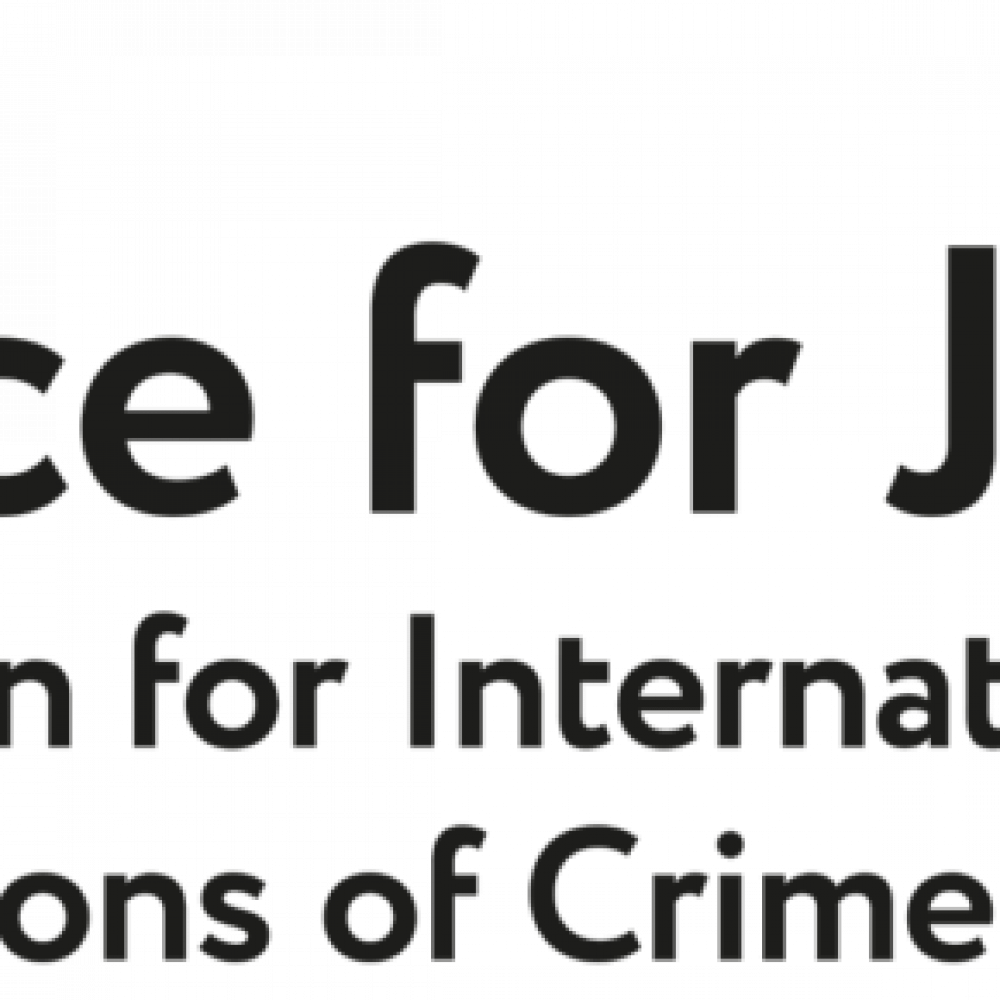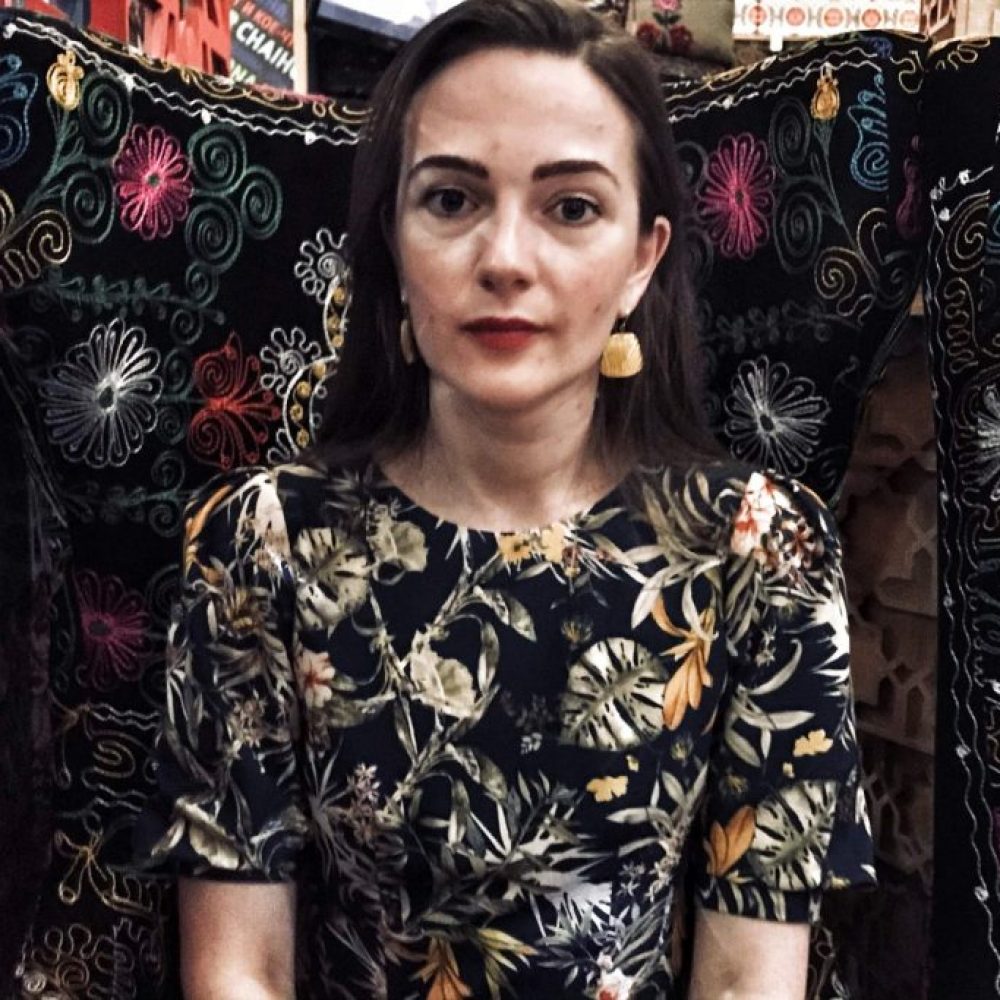The original article was published on the Byline Times website. The investigation is supported by the JFJ Investigative Grant Programme.
Oleksandra Matviychuk paints a troubling picture of a Russian tactic designed to undermine democratic rule in eastern Ukraine.
The war in eastern Ukraine has, since 2014, revealed its fair share of martinets and bullies. The numerous ways prisoners were tortured there is both so striking and so repeated it becomes, in that chilling phrase, a “banality of evil”.
Plastic bags wrapped around mouths; handcuffs tied to ropes that lifted victims off the ground; hand-cracked generators sending electric shocks through nerves and bones; white noise played through the night; kicks to the head; punches to the abdomen; a knife to an earlobe; an eye gouged by a spoon; people forced to write pro-Russian slogans in their own blood; slogans carved into skin. Such testimonies are repeated in the interviews of those who survived.
Many were journalists and bloggers guilty only of telling the world about the events that unfolded when, following the Ukrainian revolution, protests by Russia-backed anti-Government separatist groups overtook parts of eastern Ukraine. These demonstrations escalated into armed conflict between the separatist forces of the self-declared Donetsk and Luhansk People’s Republics (DPR and LPR respectively) and the Ukrainian Government.
With the escalation of the conflict, came a descent in the rule of law. And the outcome of that shift away from justice was, it became clear, the widespread use of torture, with often a focus on the media.
Why was this? The speed at which the separatist movements brutalised their fellow citizens was so striking that it raises suggestions of orchestrated violence, something that went further than just petty tyrants imposing their small, terrible wills on those unfortunate enough to get in their way.
One person who charted this descent is Oleksandra Matviychuk, the 37-year-old chair of the Ukrainian NGO Center for Civil Liberties. She sits on the advisory board to the Ombudsman’s Human Rights Office in Ukraine, and has been covering the issue of torture and detention since the Maidan Revolution of 2013.
Today, she cites at least 107 people currently imprisoned for political crimes in Crimea (and those taken from there to Russia), but cannot give a number on those held in Donbas. The Security Service of Ukraine says there are 253 political prisoners currently under lock and key, but she calls this ‘the tip of an iceberg’. Hidden prisons and a lack of named prisoners from Donbas suggests a culture of impunity that makes reliable bookkeeping impossible.
Impunity, Dehumanisation, Opportunity and Lies
But why has torture been so ubiquitous in this conflict? To explain, Oleksandra tells a story.
She knows a woman among the thousands arrested in Donetsk. This woman was put in a tiny cell – the size of a shower cubicle. There she was forced to sit, unable to stretch out her legs, without access to a toilet and with just an occasional handful of stale bread thrown at her, for a whole week. Occasionally, they would take her out and beat her with metal sticks. She begged them, at least, not to hit her stomach because she was pregnant. But her torturers said this Jewish woman, this pro-Ukrainian, did not deserve to give birth.
So, when they told the woman that if she spoke to Russian journalists and admitted she had been a sniper for pro-Ukrainian forces, she would be released, she agreed without hesitation. Journalists from a state-owned Russian-language news channel attended to scene. And when the reporter saw the woman was pregnant, they asked her to turn to one side, so it was not so obvious. A pregnant woman, after all, seemed an unlikely candidate for a deadly sniper.
Oleksandra tells this story as an example of how torture fits into the complex ‘hybrid’ warfare that pervaded the conflict in Donetsk. One where Russian and pro-Russian Ukrainian media, Russian-funded trolls, attacks on journalists and the spread of disinformation worked in a complex relationship, and where physical violence seeped into digital propaganda; where torture fed disinformation. For Oleksandra, it is all part of a toxic ecology of impunity, dehumanisation, opportunity and lies.
This impunity comes with a breakdown of the law. Torturers can show their faces, knowing they are protected not only by those who condone their actions, but by the absence of due legal process, accountability and even basic documentation.
The dehumanisation in part stemmed from disinformation. Pro-Ukranians were crucifying children, as reported on Channel One Russia during July 2014, and have this year targeted children with drones, as reported this year by Russian outlets Kommersant, Novosti and Interfax. Both were lies.
The opportunity was one that offered itself up to an army of the disenfranchised and the outcast, the drunks and the failures who gravitated to the fighting in Donetsk, seeking a taste of power. Men high on a newfound authority, and they wielded it heavily.
Finally, there was the assault on truth that supported these three processes. “This war has an informational dimension,” Oleksandra says, “a battle for narrative. They have to take down legitimate journalists to undermine truth from the very beginning.”
She has analysed a series of interviews with Russians who volunteered to fight – and potentially torture – in Donetsk. She was struck by the pattern that emerged. Their answers as to why they had gone to fight were so similar, she is convinced it was orchestrated. “They all said, word for word: ‘I watched TV, saw the Ukrainians killing kids, grew angry, and then came to fight against these fascists.’”
The Pattern of War
She sees the same tactics of disinformation and terror in other post-Soviet states. The torture cells found in the separatist’s conflict in Chechnya from 1999 to 2009; the South-Ossetian war in 2008; the Transnistria War between 1990 and 1992; and the separatist war in Ingushetia from 2007 to 2015.
Each of these witnessed a violent backlash to democratic self-realisation, triggered when one side sought to resist Russian influence. And all were marked by a surge in human rights abuses, and a parallel battle for information and claims to truth, no matter how unbelievable.
Each shift towards independence saw the arrival of a certain type of Russian-sponsored combatant. One specialised in the terrible art of torture, designed to spread fear through the population and to assert – immediately and provocatively – a propaganda of hard retribution. The message they give is clear, Oleksandra says: “Don’t chose democratic process. Because, if you do, you’ll be punished.”
Each time someone was raped in confinement, or their elbows and knees shattered, or were forced to bark like a dog, these were assaults not just on the individual – they were also a concerted attempt to assert Russian dominance over its former colonies.
At the very least, if Russia did not provide experts of torture, they provided the possibilities for torture. Their assaults on human rights and truth conspired to let cruelty flourish. The long-term impact of this particularly Russian application of terror runs deep. If people are too scared to speak out about human rights abuses, this leads to its own form of tyranny – something that manifests and corrodes.
To combat such, Oleksandra calls for a calculated approach. “Do you spend your days beating your head against a wall, or do you look at the wall for weak spots and exploit fault lines to bring the wall down?” she asks. She seeks educational outreach, political reform, legal process – all the usual pillars of democracy.
But she also hopes for deeper public engagement. Her argument is that we all have a personal responsibility to address the sort of abuses seen in Donetsk. It might seem like such torture is far away and remote, but what happens ‘over there’ has a habit of creeping, slowly, into ‘over here’.
“Truth is weak” she concludes. “And honest people have to stand for truth. None of us should trade our hard-earned values and rights away easily.”
She rejects the post-modern chaos of relativism that Kremlin trolls exploit. Some things, she says, are real. The torturer’s electrical probes. The handcuffs and batons smeared with blood. And they are part of an arsenal of weapons that purposefully seek to place power in the hands of the few, not the many.
This is a power dynamic that should concern not only those in Ukraine, but anyone whose democratic system has revealed itself vulnerable to Russia’s hybrid warfare.
“And that includes the West,” she says.
It’s hard to disagree.

